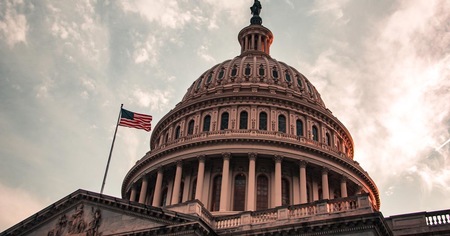Though that number is high, for each child in a program there are two more who have the desire to be in a program—if it were available to them. Through equitable policy, the OST field is able to expand the opportunities available.
The Afterschool Alliance, in collaboration with Voices for Healthy Kids and We-Collab, created Health Equity Messaging Resource: Healthy Eating and Physical Activity in Out-of-School Time. This new resource, developed with the help of the Out-of-School Time Advisory Coalition on which NAA served, provides the true meaning of health equity and provides specific talking points, tips, and guidance for advocates to use in articulating a health equity argument to support Healthy Eating and Physical Activity (HEPA) standards.
A complete understanding of and familiarity with the HEPA standards in an OST setting is imperative for those working to advance state level policy that is solution-oriented and addresses health inequity.
Implementation of equity policy in relation to afterschool and summer programs has far-reaching impact. Policies that account for equity recognize the structural barriers faced by low-income communities and communities of color, increasing long-lasting, systemic change. Without appropriate funds for training, technical assistance and grantwriting, low-resourced programs are less likely to be able to meet HEPA standards, furthering existing inequities among programs. The equity imperative allows advocates and those in the field to be more intentional in including and thinking about how to prioritize children in low-resourced communities and to strengthen their commitment to ensure all youth have the opportunity to live a healthy life.
One aspect of the guide focuses on value-based messaging, which specifically tackles common opposing arguments stakeholders or legislatures make. Research conducted by Voices for Healthy Kids finds there are common human values shared across political ideologies: human potential and community. Using these values to bridge the gap is key to finding common ground—and, ultimately, successfully advocating for equity in OST policies.
Additionally, the guide offers useful messaging that, depending on the audience, could and should be further personalized. These talking points, expanded upon in the guide, help lend perspective, empathy and understanding.
- Some parents are unable to dedicate enough time for physical activities, as they are busy ensuring the basic needs of their families are met.
- Health implications of poor diet and lack of physical activity have a greater impact on children in low-resourced communities, due to the compounded impact of existing disparities.
- Increased physical health positively affects youth mental health and is a positive factor in decreasing the risks associated with high stress and trauma.
- Prioritizing funding for HEPA implementation to low-resource programs will increase the quality of the OST field as a whole.
- HEPA regulation addresses a need that cannot be fulfilled through nonregulatory means.
Also addressed in the guide is the importance of the mode of communication used when trying to reach legislatures and stakeholders, along with tools to help advocates shift their language to articulate the intended outcome—without alienating a specific audience.
"We are proud to be part of the working group that created this exceptional resource," said Heidi Ham, NAA vice president, programs and strategy.
"We recommend this resource be used by both advocates working to advance policy supporting implementation of NAA's Healthy Eating and Physical Activity standards and by those seeking a more comprehensive understanding of equity and what it looks like in program and policy."
Written by Sarah Suydam, Staff Writer for AfterSchool Today.
This article originally appeared in the Fall 2019 issue of AfterSchool Today.




